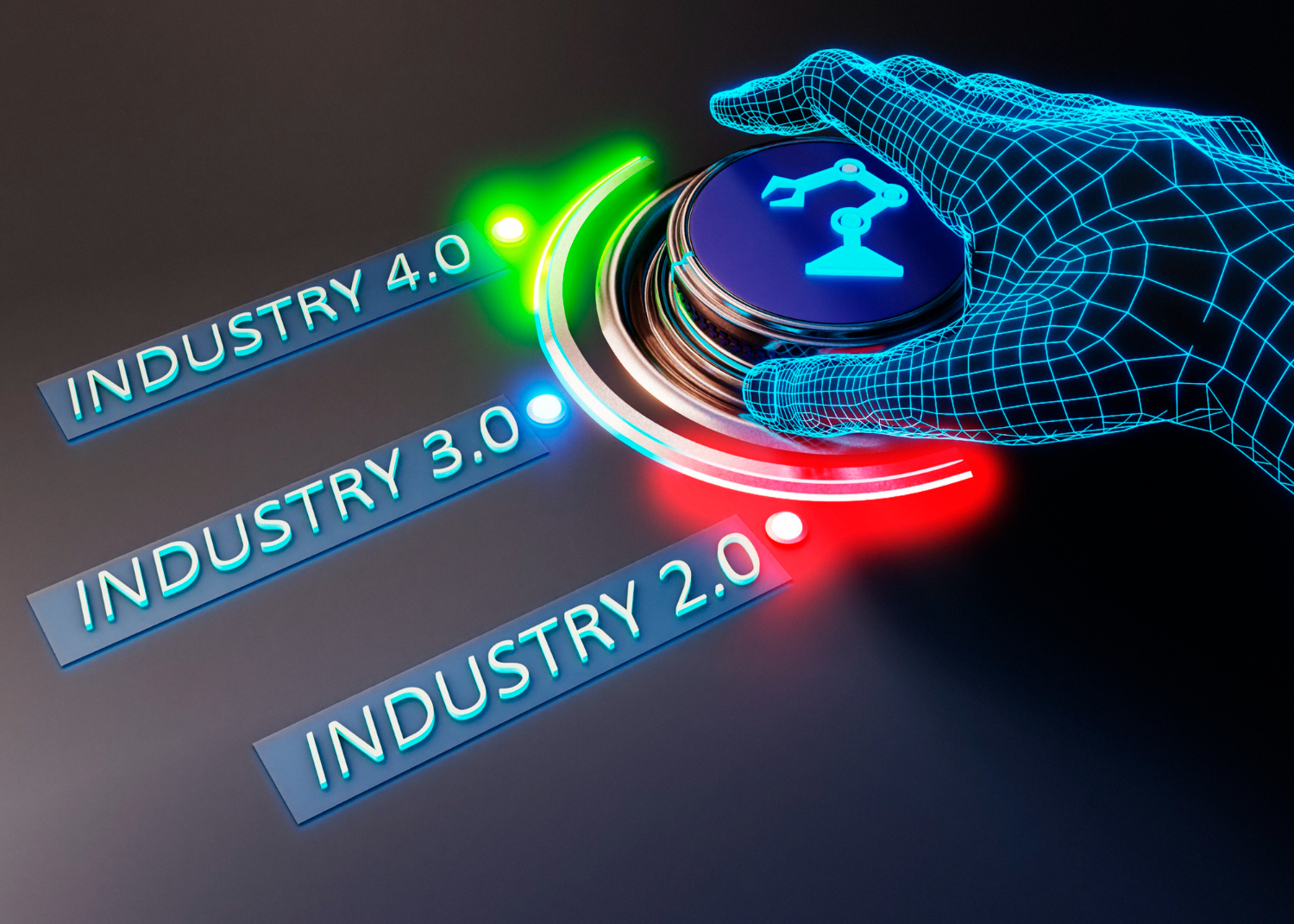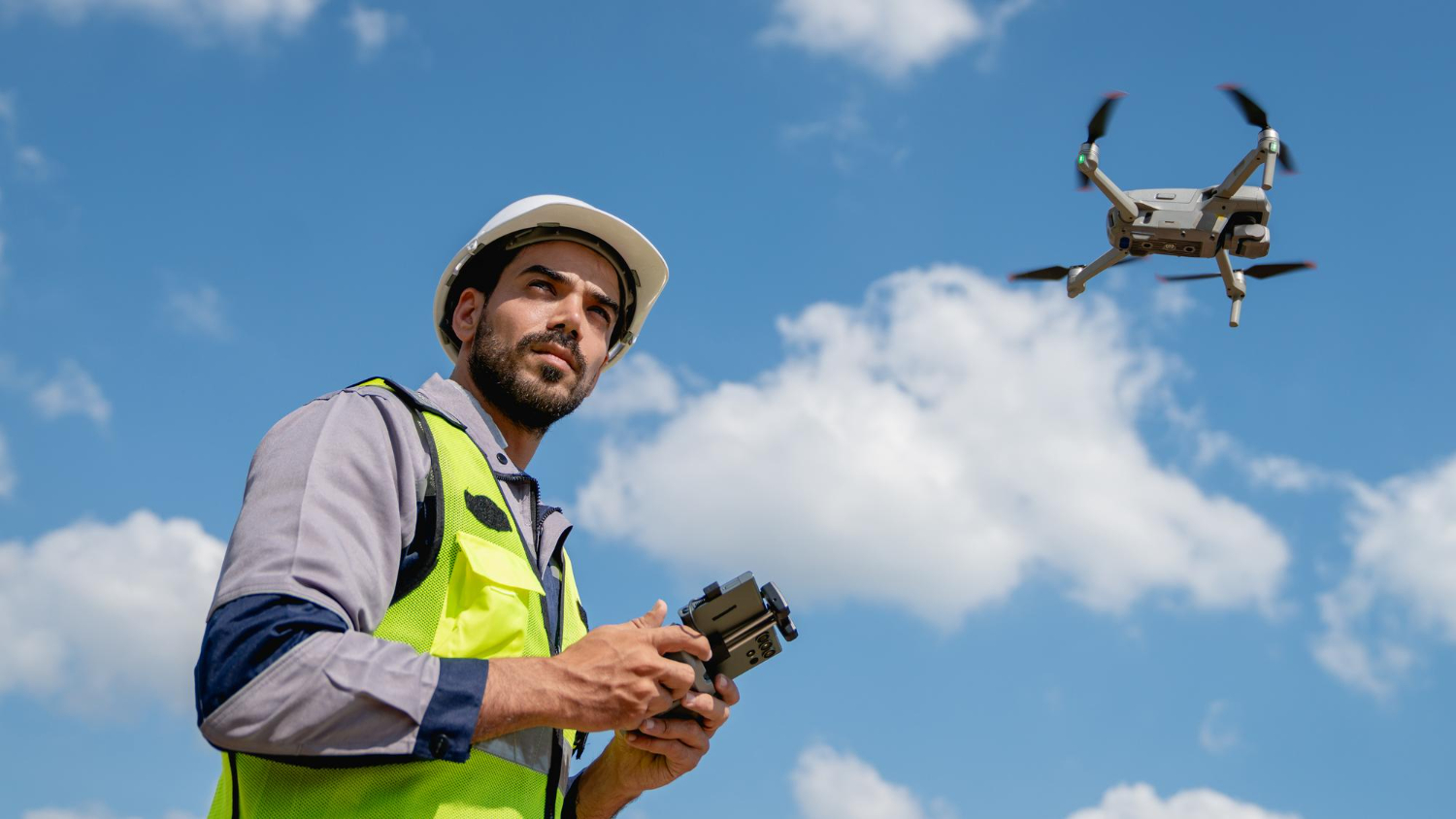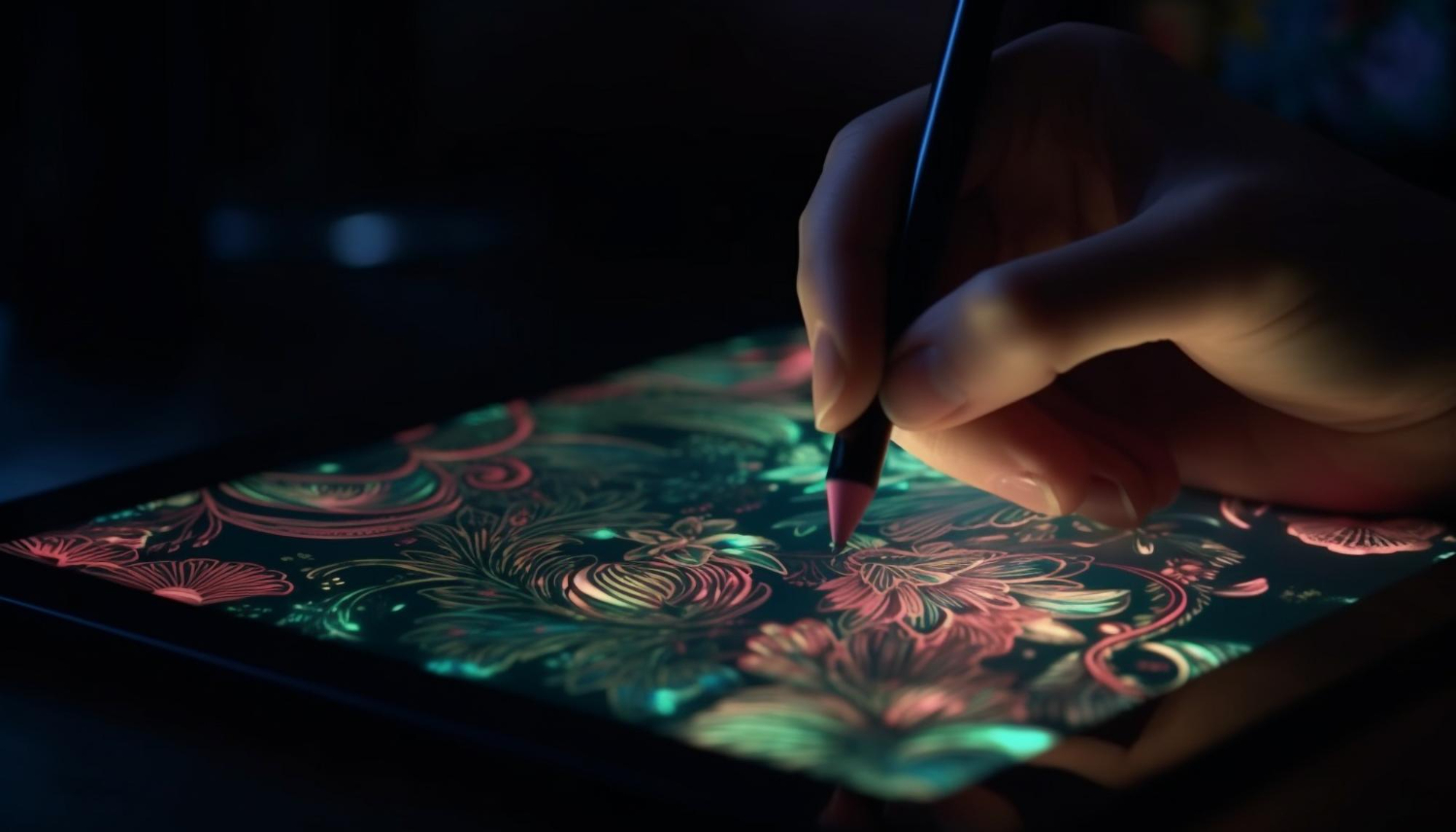In 2026, the world of arts and creativity is more vibrant, inclusive, and technology-driven than ever before. From digital painting and AI-assisted design to virtual reality galleries and NFTs, artists now have limitless ways to create and share their work. Whether you are a traditional painter, a filmmaker, or a creative technologist, the evolving creative landscape offers abundant opportunities to grow, earn, and express your unique voice.
In this blog, we explore the trends, tools, and career paths shaping the future of arts and creativity in 2026.
🎨 The New Era of Artistic Expression
Gone are the days when art was confined to canvas, film reels, or theater stages. Today, creativity blends with technology to offer new formats and platforms.
Trending Creative Fields in 2026:
- Digital Art & Illustration
- NFT Art and Blockchain Creativity
- Augmented Reality (AR) & Virtual Reality (VR) Art
- AI-Generated Music and Visuals
- Interactive Storytelling and Game Design
- Creative Coding and Generative Design
These modern disciplines are not replacing traditional art—they’re enhancing it. Painters can now animate their work. Writers can build immersive worlds with sound and motion. Dancers and musicians can perform in 360° virtual environments.
🧠 Careers in Arts & Creativity
Whether you’re pursuing passion or profession, a creative career in 2026 offers exciting possibilities across industries.
Popular Career Options:
| Creative Role | Area of Work |
| Digital Artist | Creates illustrations, concept art, NFT projects |
| UX/UI Designer | Designs app and website interfaces |
| Creative Technologist | Blends art with code for interactive experiences |
| Multimedia Producer | Produces videos, music, animations |
| Game Designer | Builds immersive storytelling through games |
| Art Director | Leads creative campaigns in advertising and media |
| Content Creator | Builds a personal brand via YouTube, TikTok, Instagram |
| AR/VR Designer | Crafts virtual worlds for education, art, and games |
📚 Education & Skill Development
To succeed in creative fields in 2026, you’ll need both artistic intuition and technical fluency. Many top institutions and online platforms now offer flexible, affordable options to learn and grow.
Skills You Should Learn:
- Graphic Design (Adobe Suite, Figma)
- 3D Design (Blender, Cinema 4D)
- Motion Graphics & Video Editing (After Effects, Premiere Pro)
- Creative Coding (Processing, p5.js, TouchDesigner)
- Storytelling and Scriptwriting
- AI Tools for Art (RunwayML, DALL·E, Midjourney)
Recommended Learning Platforms:
- 🎓 Coursera – Art & Design
- 🎓 Domestika
- 🎓 Skillshare
- 🎓 Adobe Creative Cloud Tutorials
- 🎓 Kadenze – Creative Tech Courses
🌍 The Future of Creativity: Trends to Watch
The art world in 2026 is shaped by community, innovation, and global access. Here are a few notable trends:
- Decentralized art markets (NFTs)
- AI + Human collaborations in music, painting, and poetry
- Virtual reality exhibitions and online art galleries
- Cross-disciplinary creative studios
- Sustainability in art (eco-materials, digital minimalism)
Creativity is no longer limited by location or language. Thanks to digital platforms, a creator in a small town can now reach a global audience overnight.
📌 Resources
- 🎨 Behance – Showcase Creative Work
- 🎨 Canva – Easy Design Tool
- 🎨 ArtStation – Portfolio Platform for Artists
- 🎨 Midjourney AI Art Tool
- 🎨 RunwayML – AI for Creatives
- 🎨 [NFT marketplaces – OpenSea, Foundation, Rarible]
📢 Disclaimer
This blog is for informational purposes only. Career options, platforms, and tools may evolve over time. Always check the official websites of institutions or companies for the latest updates, course availability, and pricing.







